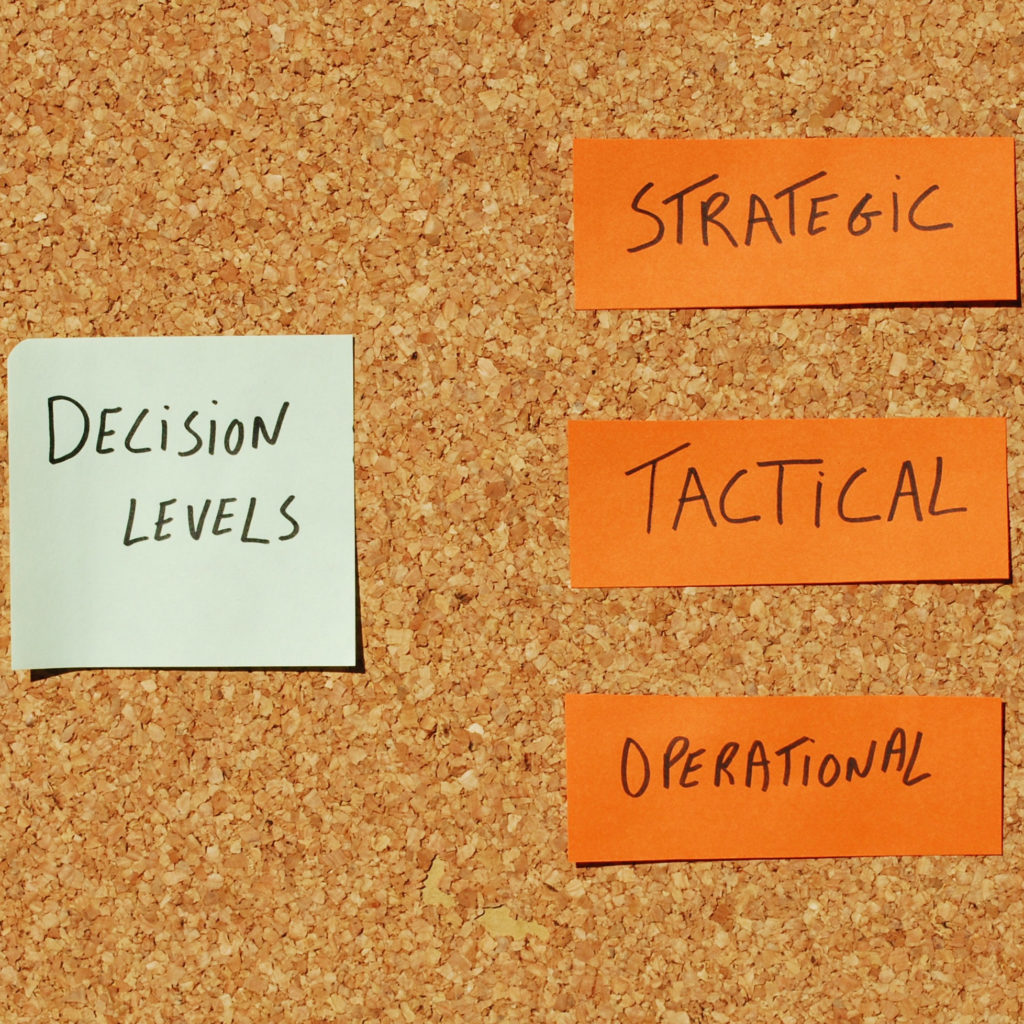Who Is Responsible for Programmatic?
by Lindsay Rowntree on 4th Sep 2017 in News

Often, asking who is responsible for programmatic advertising results in a misinterpretation that the 'who' has to be a single individual. However, as Kristen Ditsch, senior manager of client success, Choozle, explains, it isn't as simple as that. Writing exclusively for ExchangeWire, Ditsch outlines the key points to consider when assigning programmatic responsibility.
In my three years of helping agencies onboard and bring scale to in-house programmatic media buying, I’ve learned the answer is not so black and white. Determining who is responsible is not as simple as dictating a basic distribution of work, where a director is responsible for the strategy and a media buyer for the execution. In fact, I’ve witnessed time and time again, the agencies that have the best success in adopting a self-service programmatic platform are those who recognise that the responsibility for a successful implementation lies with each individual on the team.
I’ve seen operators try to push programmatic advertising from the bottom up and fail to get buy-in on the business value or pricing. I’ve watched agency heads attempt to push in-house programmatic media buying on their teams with no explanation of value or buy-in on the chosen vendor. And I’ve struggled with teams who start with the best intentions, but are not aligned internally on how to allocate human, time, and monetary resources to the adoption of their platform and, ultimately, have the initiative fizzle out.
Bringing programmatic media buying in-house should be treated like any other new habit and given time, focus, and resources in order to succeed. It’s a massive opportunity for agencies, but is a longer-term commitment and responsibility of ownership than signing and managing a campaign insertion order.
Here are a few things that the most successful organisations do during their self-service programmatic platform implementation:
1. Align the team
As mentioned, I’ve seen myriad ways that brands and agencies implement their in-house programmatic media buying. Most effectively, building a cross-departmental team made up of leadership, managers, and operators, ensures you are aligned on the business investment, necessary organisational resources, and vendors.
From here, you can start to look at what the operational team needs for a successful execution. Do you already run paid search or social in-house? Those media or digital team members could be a great resource to seamlessly expand their skills and own the programmatic buying, too. While it is great to have one person on this operational team in a manager role and be the internal advocate for your programmatic execution, make sure this team includes a few operational resources for redundancy and easy scalability.
2. Consider pricing models

Kristen Ditsch, Senior Manager of Client Success, Choozle
Coming back to that cross-departmental team, it is important to make sure all departments are aligned on how campaigns should be sold to ensure a profitable extension of your services. Your leadership team may need to take ownership of deciding how programmatic advertising campaigns will be sold to ensure profitability.
There are a few models for pricing agencies to consider when they set up their in-house programmatic media buying operations. When considering the different models, agencies may take into account the targeting tactics they’ll offer, the resources they have available, and the transparency expected from their clients
Some agencies will consider a fixed service fee, where clients are charged a rate set at the onset of the campaign for the campaign’s strategy, setup, and optimisation. Utilisation of this method obviously demands careful consideration of the required manhours to successfully implement the campaign; otherwise an agency can go in the red for this billing type.
Other agencies considering a fee-based billing method may consider billing at a rate per hour, where hours must then be tracked and carefully managed to meet clients expectations.
A very different method agencies may consider is to place a margin on the campaign budget. This opens the box of trying to settle on the perfect margin rate, and being selective about the clients an agency chooses to work with so that the margin’s total revenue equals the investment of hours made to service the account.
Lastly, and possibly most complexly, is the idea of selecting a fixed CPM rate on which you will sell the campaign. This means the agency has selected a rate they will charge for the inventory bought to, in essence, guarantee impressions. This lends itself to a possible greater upside if the agency can efficiently manage campaigns and secure bids below the rate charged, but it poses the most obvious risk for the agency of the offered billing methods.
3. Establish your product and service offerings
With that decision in mind, digital team managers and sales team members will want to align on how to structure the offered services. For example, more complex campaign strategies will take more personnel hours for setup and optimisation, and may not be well-suited for smaller budget campaigns if you are operating on the campaign-margin business model. Operational managers will also want to take ownership in distributing work and monitoring caseloads of operators to ensure the team scales as needed.
Then comes the task of establishing who owns each of the respective stages of the offering – planning, setup, optimisation, and reporting. Some agencies may lean towards having an individual manage every stage of the lifecycle for a given account, while other agencies prefer to have individuals specialise in one stage of the lifecycle and execute across multiple advertisers.
As you can see, there are several important decisions that need to be made when an agency decides to bring programmatic advertising in-house. These decisions touch multiple departments of the agency and have several possible outcomes. Just as every agency is different, its implementation can result in many different combinations of an outcome. What defines the success of the implementation is that the key stakeholders across the agency collaborate, address these key decisions, and take ownership of their respective pieces.
Bringing your programmatic media buying in-house can combat the competition and shrinking margin many agencies are facing today. It facilitates opportunities to cultivate new service offerings that will extend to greater revenue streams; to grow in-house expertise that will challenge and retain good talent; and to enhance your position as a trusted consultant to your clients in technical functions they don’t have the interest or resources to develop.
Just remember, what defines the success of the implementation is that the key stakeholders across the agency collaborate, address these key decisions, and take ownership of their respective responsibilities.
AdvertiserAgencyProgrammaticSkills








Follow ExchangeWire